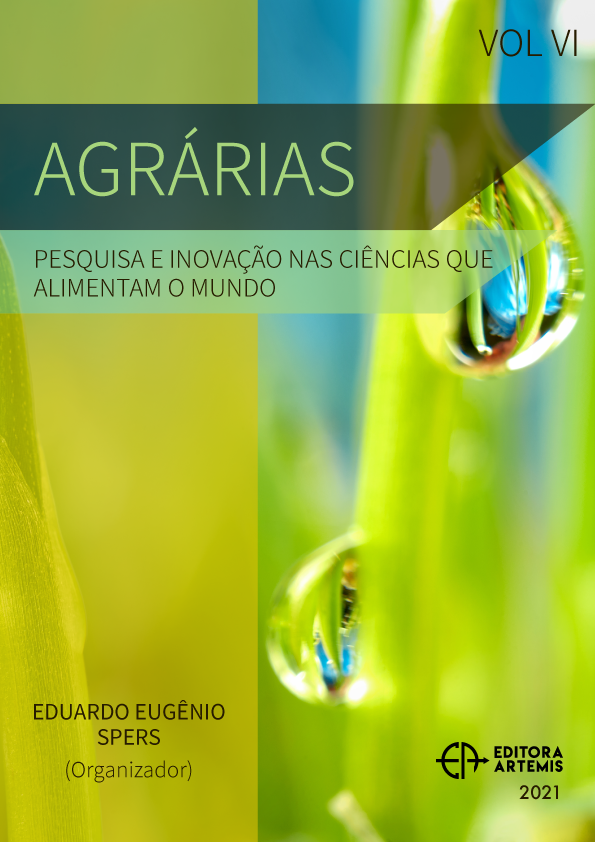
ANTIMICROBIAL ACTIVITY OF TAGETES ERECTA L (CEMPOALXÓCHITL) TOWARDS PATHOGENS ASSOCIATED WITH OPHTHALMOLOGICAL INFECTIONS
El objetivo de este trabajo fue evaluar la actividad antimicrobiana de T. erecta L en cinco cepas Staphylococcus aureus ATCC 29213, ATCC 12398, Staphylococcus epidermidis ATCC 12228, Pseudomona aeruginosa ATCC 27853 y Candida albicans asociadas a infecciones oftalmológicas, se consideró el uso tradicional del grupo étnico Mazahua del Estado de México que emplea la especie y para lo cual no hay registros. Se obtuvieron cuatro extractos mediante el método de maceración-evaporación y destilación por arrastre de vapor, tres hidroalcohólicos de tallo, hoja y flor, uno de diclorometano-metanol y el aceite esencial de la parte área de la especie. Se calculó el rendimiento de los extractos y se evaluó la actividad antimicrobiana por el método de difusión de Kirby-Baüer y microdilución en caldo, se utilizó como control positivo cloranfenicol para las bacterias y nistatina para la levadura (25 µg para cada uno), los resultados fueron analizados a través del análisis de ANOVA. Los extractos con mayor efecto inhibitorio y con actividad estadísticamente significativa fueron el del tallo y el aceite esencial, el primero hacia S. epidermidis: halo de inhibición de 11.75 ± 0.95 mm y el segundo hacia S. aureus ATCC 29213; halo de inhibición de 16.75 ± 1.7 mm y C. albicans halo de inhibición de 20 mm, los otros extractos no presentaron actividad. Finalmente se encontró que el aceite esencial para la cepa S. aureus ATCC 29213 presenta una CMI de 2 mg/mL (inhibición del 80%) y una CBM de 6 mg/mL (inhibición del 100%). Los resultados validan el uso tradicional en enfermedades oftálmicas relacionadas a la presencia de C. albicans, S, epidermidis y S. aureus se recomiendan más estudios para evaluar la variación química, la actividad biológica y los usos potenciales de la especie.
ANTIMICROBIAL ACTIVITY OF TAGETES ERECTA L (CEMPOALXÓCHITL) TOWARDS PATHOGENS ASSOCIATED WITH OPHTHALMOLOGICAL INFECTIONS
-
DOI: 10.37572/EdArt_30042135413
-
Palavras-chave: Aceite esencial, C. albicans, Cempaxochitl, Mazahua
-
Keywords: Essential oil, C. albicans, Cempaxochitl, Mazahua
-
Abstract:
The objective of this study was to evaluate the antimicrobial activity of T. erecta L in five strains: Staphylococcus aureus ATCC 29213, ATCC 12398, Staphylococcus epidermidis ATCC 12228, Pseudomona aeruginosa ATCC 27853 and Candida albicans associated with ophthalmological infections. According to the traditional use of the Mazahua ethnic group of the State of Mexico for this purpose for which there are no studies. Four extracts were obtained by the method of maceration-evaporation and steam distillation, three hydroalcoholic from the stem, leaf and flower, one of dichloromethane-methanol and the essential oil of the areal part of the species. Extract yield was calculated and antimicrobial activity was evaluated by the Kirby-Baüer diffusion and microdilution methods, chloramphenicol was used as a positive control for bacteria and nystatin for yeast (25 µg for each one), the results were analyzed through the analysis of ANOVA. The extracts with the greatest inhibitory effect and with statistically significant activity were the stem and the essential oil, the first against S. epidermidis: inhibition halo of 11.75 ± 0.95 mm, the second towards S. aureus ATCC 29213; inhibition halo of 16.75 ± 1.7 mm and C. albicans inhibition halo of 20 ± 0 mm, the other extracts show no statistically significant activity. Finally, the essential oil for the S. aureus ATCC 29213 strain was found to have a CMI of 2 mg/mL (80% inhibition) and a CBM of 6 mg/mL (100% inhibition). The results validate the traditional use in ophthalmic diseases related to the presence of C. albicans, S, epidermidis and S, aureus more studies are recommended to evaluate chemical variation, biological activity and the potential uses for the species.
-
Número de páginas: 14
- Aidé Avendaño Gómez
- Andrea Trejo Argueta
- Luz Adriana Villegas García
- Marlene Guadalupe Rodríguez-López
- Rosa María Marcelo Sánchez

